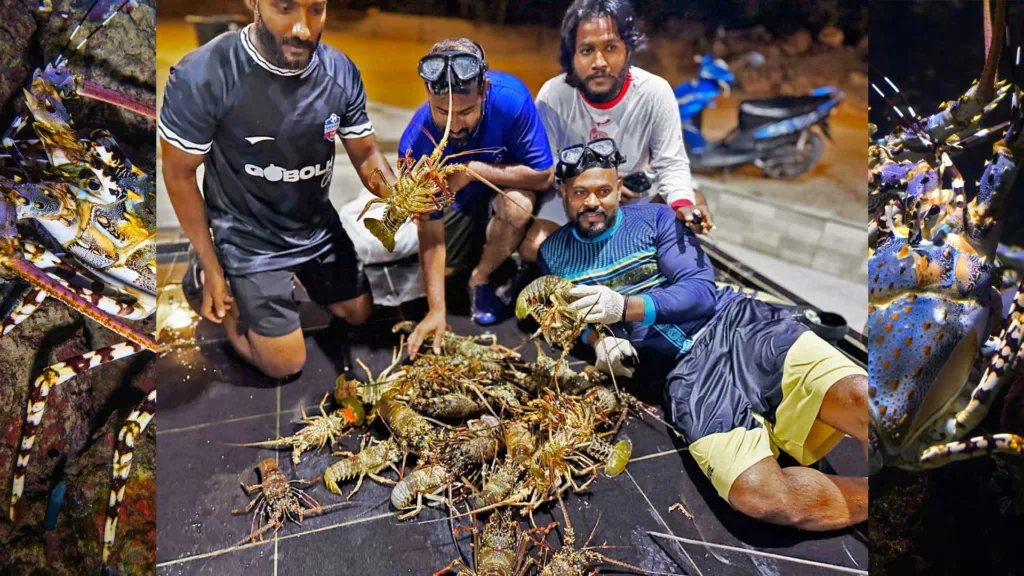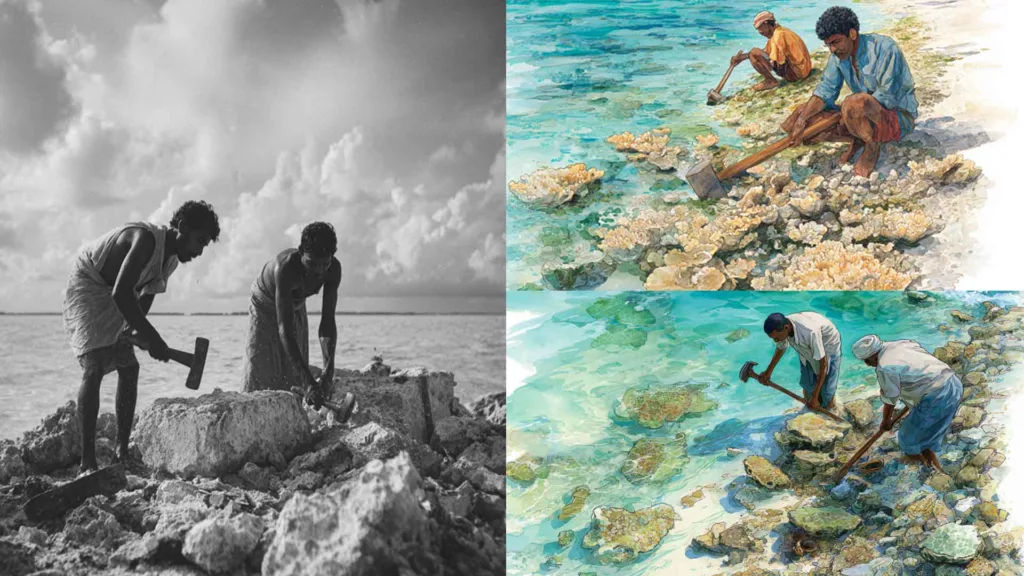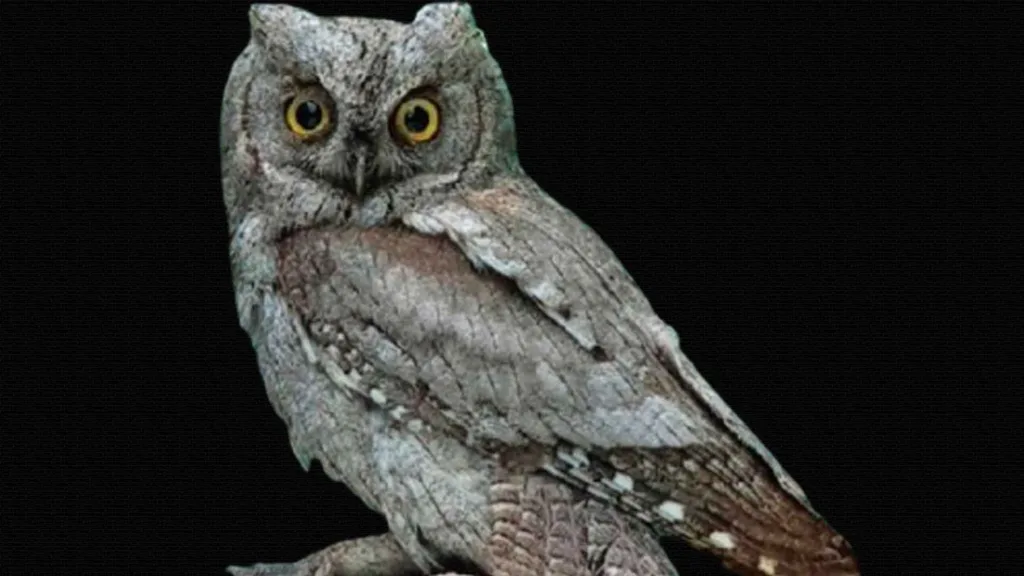Our ocean is vast and great. The underwater life is vibrant and diverse with thousands of fascinating species. It is imperative for us to explore and use the ocean for our livelihood. The most frequent activity on our vast ocean is fishing. Fishing in this ocean and the lagoons is related to the creativity of Maldivians. It is a well-known fact that Maldivians have been using fish as a vital source of food throughout history.

(The artist, Mauruf Jameel, has granted permission to connect his Instagram posts to this website)
The main vessel used in fishing is called dhoani. This vessel was built using floatable wood that is available in the islands as raw materials. When this vessel voyages on the surface of the blue sea, calmness and beauty of nature flutters above it. Gliding effortlessly through the crystal-clear waters, dhoani is surrounded by vibrant coral reefs teeming with an abundance of marine creatures. Every movement of this masterpiece, every twist and turn reveals a new wonder of this oceanic paradise. Fishing using these vessels combines the thrill of the catch with the peace of nature, creating a unique blend of excitement and relaxation.
Although modern fishing vessels are equipped with engines, during early days sails and oars were used to propel the vessels. Dhoani is the “machine” or the most important tool used in fishing. Here is a glance at this masterpiece.
Normally, a dhoani is divided into 13 parts:
- Bow platform (fenfilaa)
- Kolhu vai
- Thalukolhu vai
- Fangandu vai
- Kuda maa vai
- Maa vai
- Kupai dhai (dhipai)
- Heyvai
- Bodu vai
- Kuda vai
- Dhai malhu
- Mathi malhu
- Filaagandu dhai
These names vary in different parts of the Maldives. The front part of the dhoani is called dhirunbaa kolhu. The rear part is called kolhufaskolhu. There is a bait compartment to keep live bait fish. This compartment is filled with fresh seawater. There is a knob at the bottom of the dhoni to fill water into the vessel.
When fish is pulled up, it is hit on maskandhu. The tiller is called hungaanu. To splash water on to the ocean to mimic fish, they use fenfulhafi which is made from spathe of coconut palm. There are two people allocated for this task.
Bait is thrown using envashi. There are three sizes of poles used: kuru dhoshi (small rod), medhehi dhoshi (medium rod) and dhigu dhoshi (long rod). In early days, bamboos were used to make poles. But in some islands, people used sea hibiscus (dhigai). The fishing line is made by the bark of milkweed (ruva tree). They make strands called ‘muiri’ to make the line. The final product is called ‘miyavaali.’ The anchor rope is tied to Hassandhari and Hussaindhari which is made from Shrubby Coral Pemphis (kuredhi).




